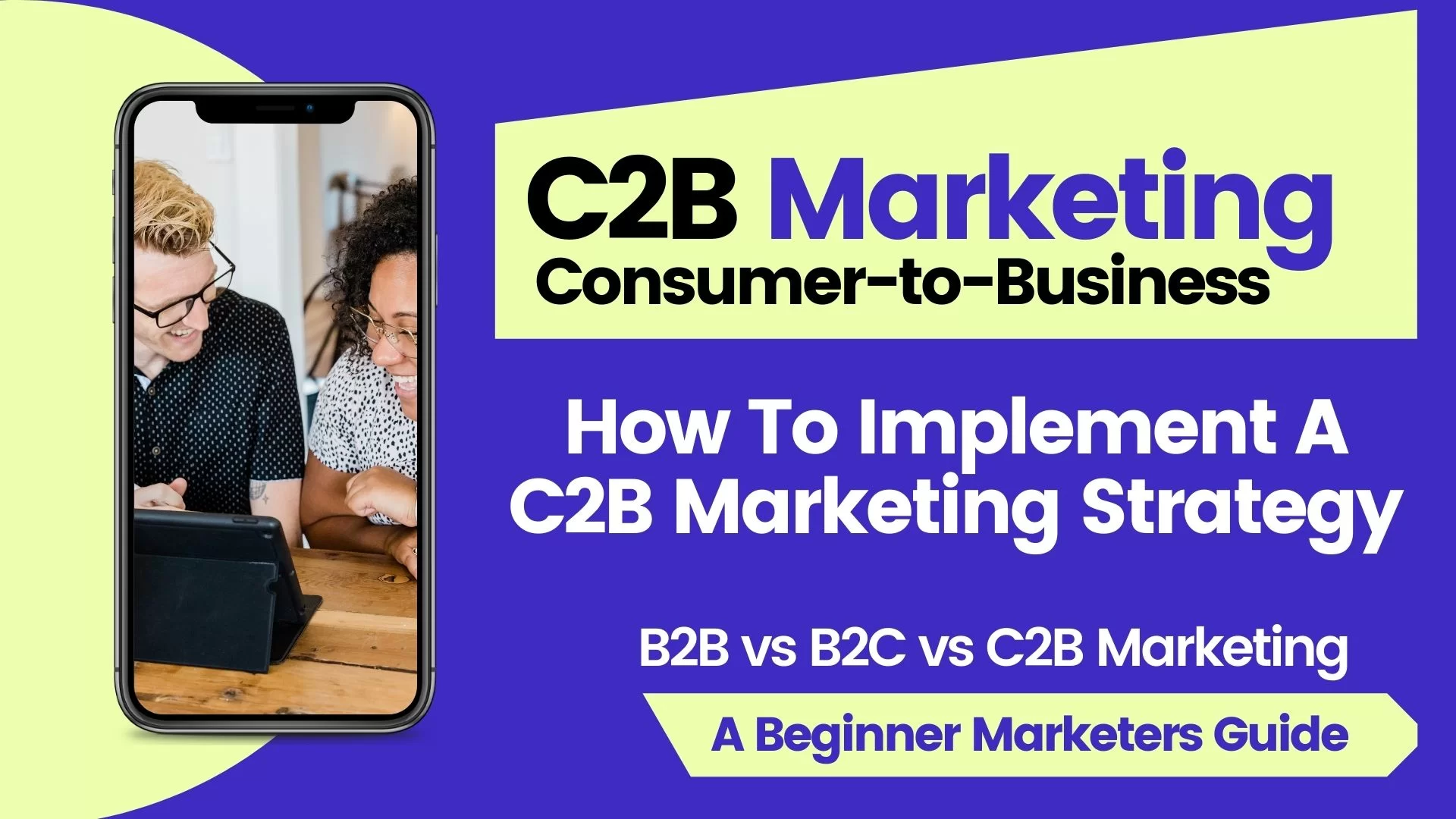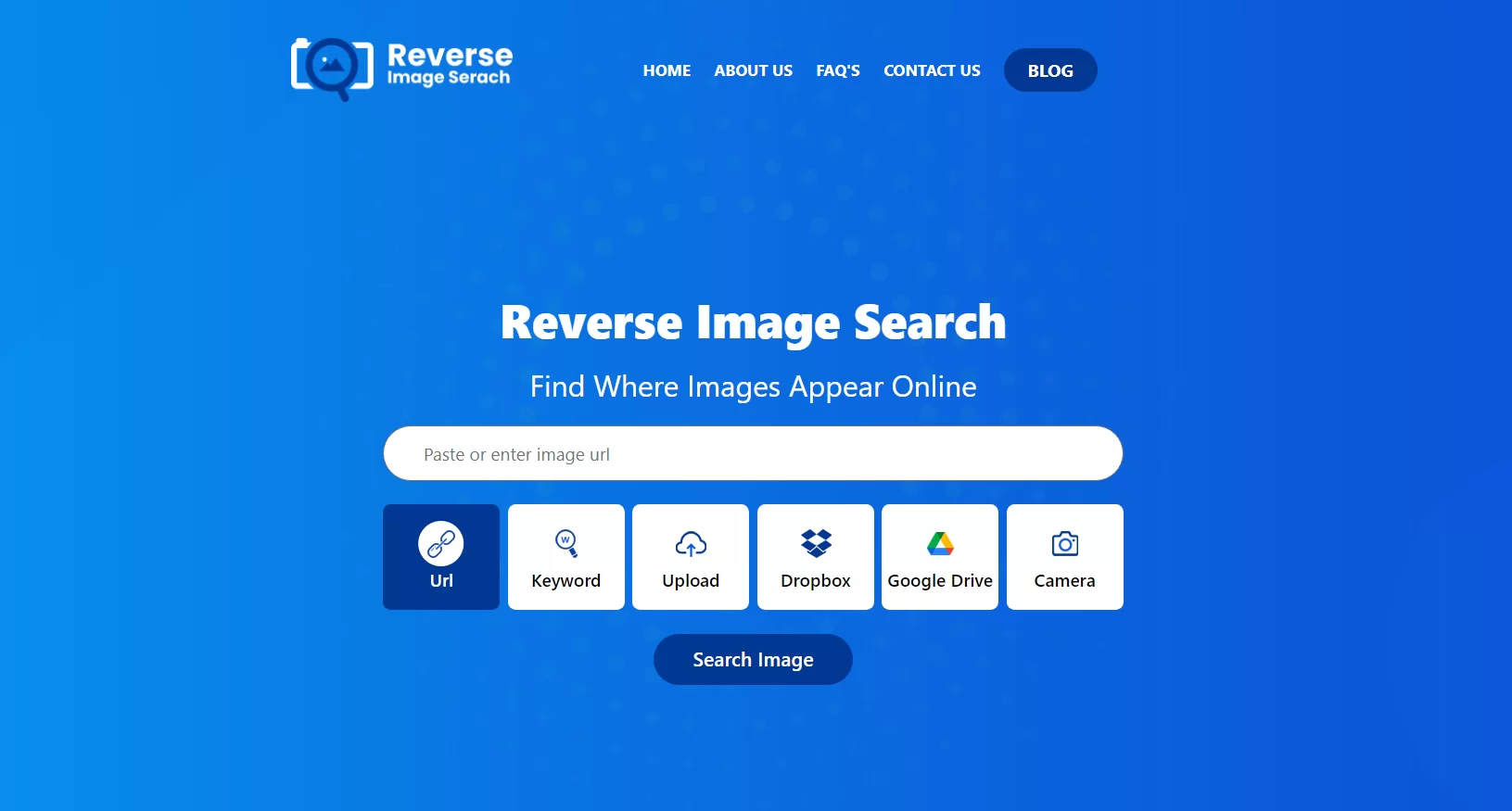Businesses depend on many application integration processes in today’s linked digital environment to improve operations, boost productivity, and provide consumers with better services. However, as there are more apps, there is a more significant requirement for smooth data interchange and communication. As such, application integration becomes essential in this situation.
The definition of application integration technology can vary by company, depending on the use case, data pattern, and the application integration tools you have on hand, all of which play a significant role in how these applications get integrated. Some businesses might custom-build point-to-point integration. Others might take an open-source approach and leverage best practices.
Particularly from developer communities. Still, others with internal resources will leverage an application’s APIs or Web Services for their overall application integration processes. A solid integration technology connects SaaS and on-premise apps with your enterprise architecture, opens communication mechanisms, and eliminates the data silos that slow business processes.
Application Integration links several software programs—at it’s core, this is to seamlessly allow for smooth data sharing and effective collaboration between teams. Be that as it may, we will go through the fundamentals of application integration and some common integration strategies for beginner webmasters in this article. So, stay with us till the end so you can learn more about it.
Understanding What Application Integration Entails And Why It Matters
Application Integration is connecting two or more different software programs, systems, or databases so that they may communicate data and function in tandem. Teams work efficiently by automating workflows and business processes and syncing data across tools. Still, organizations may reduce data silos, improve communication, automate procedures, and increase overall efficiency.
In the past, your enterprise ran solely on legacy, on-premise software. Next came the growth of cloud computing. Nowadays, you probably have some combination of both. But your on-premise and cloud apps must work together efficiently, and they do so. Most integration software addresses various business needs, from CRM and eCommerce platforms to finance and ERP systems.
Technically, most application integration services enable sharing of processes and business data among an organization’s platforms. This means seamlessly connecting various on-premise and cloud apps to transform and orchestrate the data required for business workflows. Typically, it’s achieved by using APIs (Application Programming Interfaces) for the most typical capabilities.
Here are a few ways it helps:
- Preserving distinct copies of the data (in independently created applications) consistently.
- Coordinating the organized flow of numerous actions carried out by various separate applications.
- Giving users access to information and features from various programs independently created.
- Often using a single-user interface or application service to provide unique and custom solutions.
Equally important, application integration software combines and enhances data flows between two software applications. Businesses often use application integration software to bridge a new cloud application and an older application hosted on-premise. At the same time, this enables a wide range of independently designed application platforms and software tools to work together.
So, why is application integration vital? The short answer is that connected systems are critical to delivering a comprehensive view of regular business workflows that require multiple technology interventions and drive revenue. Most apps, designed at various times and by numerous vendors, do not inherently talk to each other and require additional communication technology.
In most cases, a streamlined data flow application integration allows error-free data transfer across various systems by doing away with human input. As a result, this increases data accuracy and guarantees that the appropriate information is accessible to the correct individuals at the proper time. With that in mind, below are a few more associated application integration benefits.
Enhanced Tasks Efficiency
Applications may be integrated to minimize or eliminate repetitive processes and manual interventions, which saves time and lowers the possibility of mistakes. Employees may concentrate on more value-added tasks thanks to data transmission and synchronization automation, which increases total productivity.
Improved Decision Making
Application integration allows for real-time data exchange, allowing organizations to make educated choices based on accurate, up-to-date data. Integrating business intelligence tools with operational systems may provide valuable insights that can be used to support strategic decision-making.
Enhanced Customer Experience
Customer-facing applications like CRM Systems with backend systems allow a holistic view of customer interactions. This ensures that customer data is consistent across different touchpoints, allowing organizations to deliver personalized experiences and improved customer satisfaction. The State of Business Process Automation 2021 report reveals that 70% of organizations have significantly improved their business processes after integrating their applications.
The Topmost Popular Application Integration Techniques To Note
On the one hand, Point-to-Point Integration is one of the most popular techniques that helps facilitate data flow; this strategy entails creating direct links across apps. On the other hand, Point-to-Point Integration may be appropriate for a limited number of applications, but it becomes laborious and complicated as the number of connections grows. Below are a few viable techniques.
Middleware Integration
Uniquely, given the nature of computing technology, applications may talk with one another and exchange information thanks to middleware. For example, point-to-point connections are made simpler with a common platform for integrating applications. Enterprise service buses (ESBs) and IPaaS (Integration-Platform-as-a-Service) are two examples of middleware integration methods.
Application Programming Interfaces
Remarkably, most applications can seamlessly interconnect thanks to the Application Programming Interface (API), which specifies a set of guidelines and protocols. In addition, some applications may also safely share data and functionality by providing APIs. Due to its adaptability, scalability, and usability, APIs have become a commonly used integration technique.
Event-Driven Architecture
In event-driven integration, applications communicate through the exchange of events or messages. When an event occurs, such as a new order placement, relevant systems are notified, triggering appropriate actions. This approach enables loosely coupled systems and facilitates real-time communication.
The Simple Steps For A Successful Application Integration Process
You can start by identifying your application integration needs and assessing your organization’s requirements. Determine the systems and applications that must be integrated, the data that must be exchanged, and the expected results. The goals and parameters of the integration project should be clearly stated. Below are a few simple steps for your app integration process.
Step #1: Select Integration Approach
As a rule of thumb, you should choose the best application integration strategy depending on your needs. Think about things like scalability, complexity, money, and the resources that are at your disposal. Middleware solutions, API-driven integrations, or event-driven designs may suit your requirements.
Step #2: Plan Integration Strategy
Create a thorough integration plan that details the procedures, schedules, and materials needed for the integration process. Roles and duties should be defined, and a road map should be made to help with implementation.
Step #3: Assess Application Compatibility
Examine if the programs that will be integrated are compatible. You can verify if they align with your chosen integration strategy and note any possible conflicts or restrictions. Data formats, protocols, and security needs are a few considerations.
Step #4: Data Mapping And Transformation
Decide how data will be mapped and converted across apps to achieve interoperability. To guarantee correctness and consistency, provide data mapping rules, data validation procedures, and data transformation needs.
Step #5: Implement Integration Solution
It’s time to implement the integration solution when all the planning and preparation is finished. This entails setting up event-driven processes, creating APIs, configuring middleware, and creating the required connections across applications.
Step #6: Test And Validate
Ensure the integration solution is thoroughly tested to ensure data flows properly, processes work as intended, and any failures or exceptions are handled effectively. Do user acceptability, performance, and integration testing to verify the solution’s efficacy.
In Conclusion;
Application Integration is essential for bringing together dissimilar systems, facilitating effective data sharing, and enhancing overall corporate operations. Organizations may achieve faster processes, increased productivity, and a seamless experience for staff and customers by understanding the fundamentals of application integration and using the proper integration approaches.
Successful Application Integration may assist firms in staying ahead of the competition in today’s market with careful design, implementation, and maintenance. However, seamless integration of all systems is not that easy to achieve. According to Mulesoft, 40% of organizations consider application integration the most significant challenge to digital transformation.
About The Author:
The CTO at ScienceSoft since 2003, Boris Shiklo, has established high-quality standards for software solutions and IT services. He ensures that ScienceSoft’s programming competencies are relevant to the ever-evolving needs of businesses. Under his management, ScienceSoft has successfully started data science, big data, and IoT technology directions. Boris authored and co-authored more than 50 publications.



